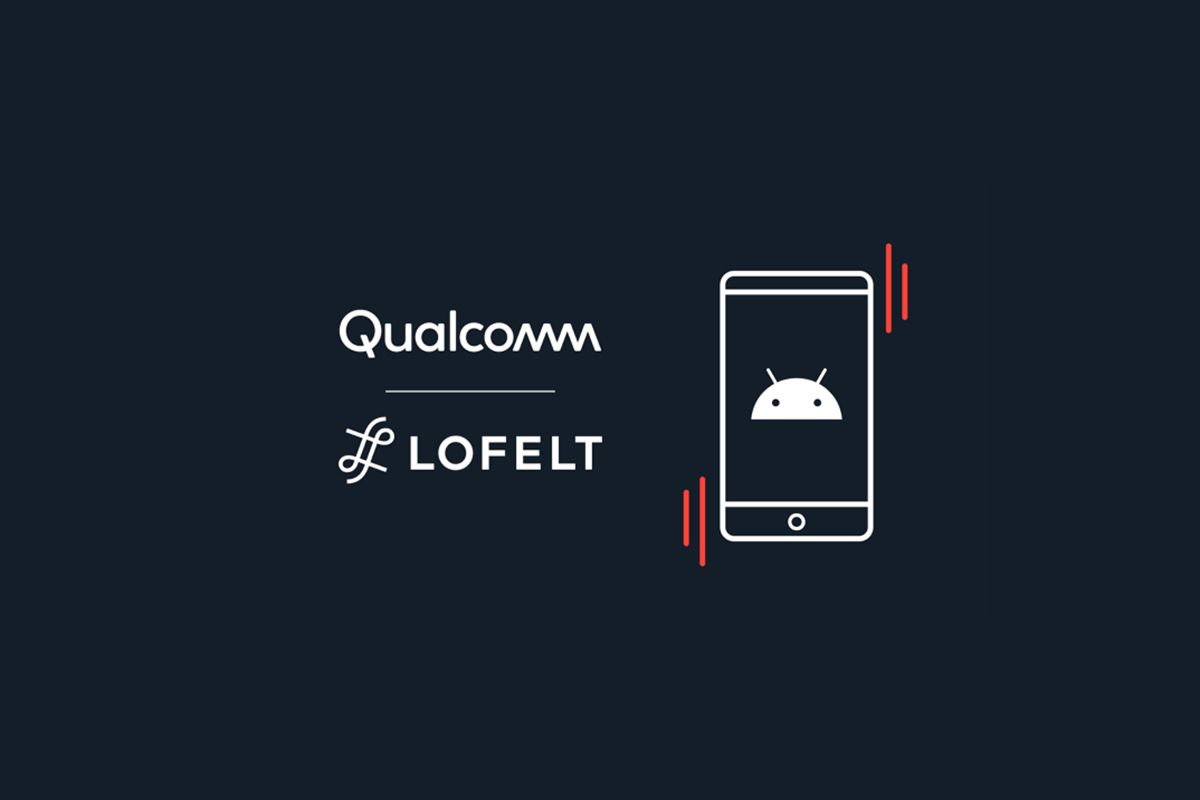Over the last week, we've talked about several new features included in the first Android 12 Developer Preview build. But the new audio-coupled haptic effect feature is undoubtedly the coolest out of the lot. The feature aims to deliver an enhanced haptics experience by automatically syncing your phone's vibrations with the ongoing audio session. It will likely make gaming on Android phones much more immersive. Along with Google, Qualcomm is also working on bringing better haptics capabilities to Android devices. The company today announced a partnership with LofeIt to bring advanced haptics to the Android ecosystem.
In a press release on the matter, LofeIt revealed that it will work with Qualcomm to deliver a "universal haptic software framework that runs natively on the Qualcomm Snapdragon Mobile Platform to enhance Android phones with next-generation haptics for mobile gaming and other immersive experiences." Android OEMs will be able to license LofeIt's universal software framework and API for Snapdragon devices and enable advanced haptics on their phones.
Speaking of the partnership, LofeIt's Chief Technical Officer, Gwydion ap Dafydd, was quoted saying, "Combining Lofelt haptics with the extendable Snapdragon platform will create a new generation of Android devices that deliver rich, natural haptic experiences. We also offer developers and engineers more cross-platform parity and an adaptive technology that can be directed at a specific system."
LofeIt explains how its advanced haptics solution will help close the gap between the haptics experience on iOS and Android devices. In a separate blog post, the company highlights all the major differences between the haptics solutions on the two platforms. It then showcases how its universal software framework and API can help bridge this gap and level up the haptics experience on Android devices. In the future, the company's haptic framework will also allow Android developers to deliver enhanced haptics on device accessories, like supported controllers, without the need to deal with any device-specific APIs.

